Home>Garden Essentials>What Does It Mean To Stratify Seeds
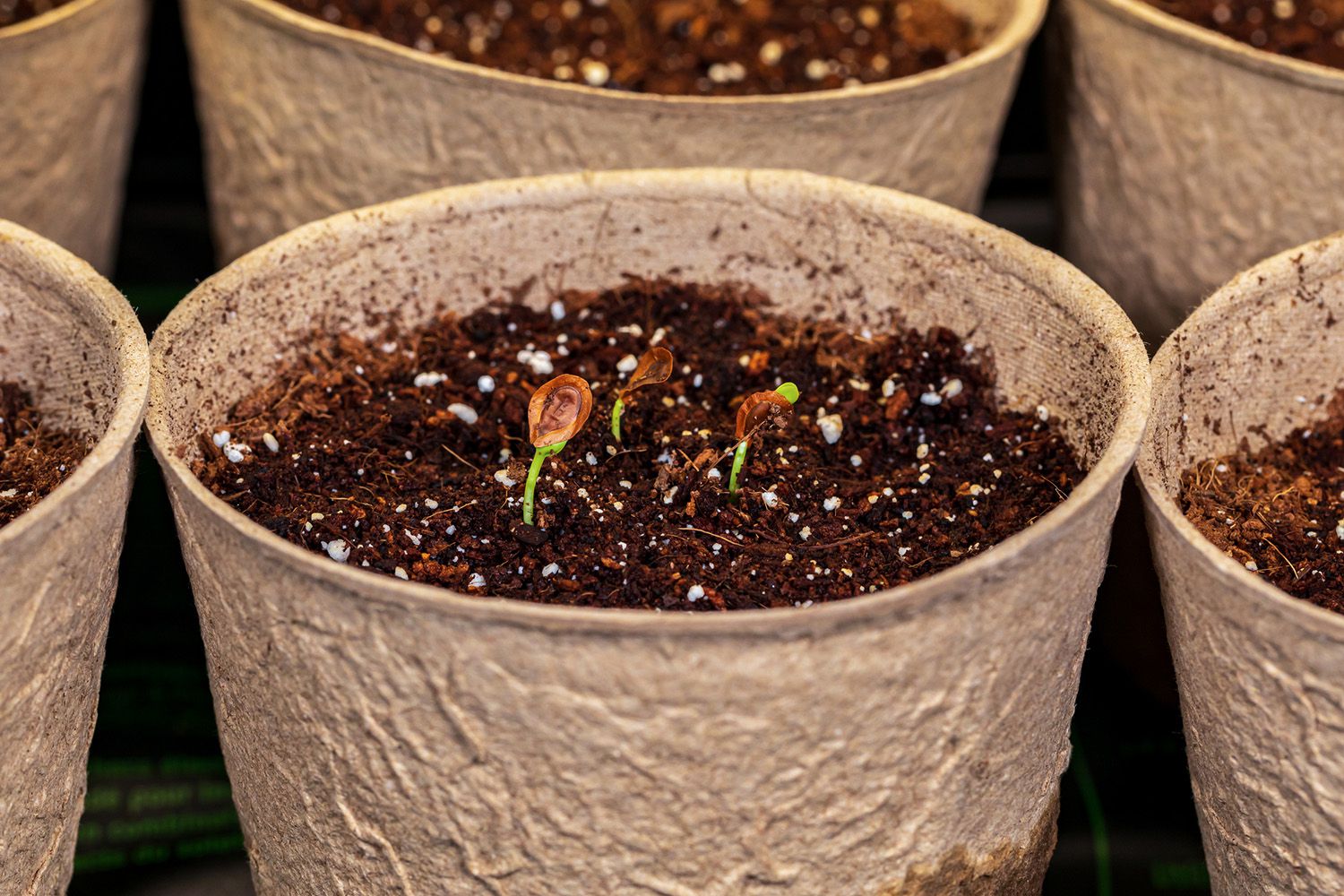

Garden Essentials
What Does It Mean To Stratify Seeds
Modified: March 15, 2024
Learn the meaning of seed stratification in gardening and how it can benefit your garden. Discover how to stratify seeds for successful plant growth.
(Many of the links in this article redirect to a specific reviewed product. Your purchase of these products through affiliate links helps to generate commission for Storables.com, at no extra cost. Learn more)
Introduction
Gardening enthusiasts are familiar with the excitement and anticipation that comes with planting seeds. Whether you’re growing vibrant flowers or delicious vegetables, the success of your garden largely depends on the quality of the seeds. However, not all seeds are ready to germinate immediately after they are planted. Some require a process called seed stratification to enhance their germination potential.
Seed stratification is a natural or artificial treatment that mimics the conditions seeds would typically experience in their natural environment to break their dormancy. It involves subjecting seeds to a period of cold, moisture, or both, which triggers physiological changes within the seed and prepares it for germination.
Understanding the importance of seed stratification and how it can positively impact your gardening endeavors is key to maximizing your plant’s growth and overall success. In this article, we will delve into the definition of seed stratification, explore its significance, discuss the factors influencing seed stratification, explore various methods, and highlight the benefits and challenges associated with this process.
Key Takeaways:
- Seed stratification is like waking up sleepy seeds by giving them a cold, moist, or warm environment. It helps them grow into healthy plants and allows gardeners to grow a wider variety of plants.
- By mimicking nature’s conditions, seed stratification helps gardeners increase germination rates, diversify their gardens, and preserve native plant species. It’s like giving seeds a head start to grow into vibrant plants.
Read more: What Does Heirloom Seeds Mean
Definition of Seed Stratification
Seed stratification, also known as seed scarification or seed dormancy breakage, is the process of subjecting seeds to specific conditions in order to overcome their natural mechanisms of dormancy. Dormancy is a protective mechanism that prevents seeds from germinating under unfavorable conditions such as extreme temperatures or inadequate moisture levels.
During seed stratification, the seeds are exposed to factors such as cold temperatures, moisture, or a combination of both, which mimic the environmental conditions necessary for germination. These conditions cause physiological changes within the seed, effectively breaking its dormancy and stimulating germination.
Seeds can have different types and levels of dormancy, which means that not all seeds require stratification. Some seeds, known as “easy-seed” species, can germinate readily without any pretreatment. However, many other seeds, particularly those from woody plants, wildflowers, and certain perennial crops, have inherent dormancy mechanisms that need to be overcome for successful germination.
Seed stratification has been practiced for centuries, with the early settlers and indigenous populations instinctively understanding the value of this process. Today, with advancements in scientific research and horticulture, we have a better understanding of the science behind seed stratification and can apply it strategically to optimize germination rates in our gardens.
Importance of Seed Stratification
Seed stratification plays a crucial role in the successful germination of certain plant species. It helps break the seeds’ natural dormancy mechanisms and stimulates them to sprout, resulting in healthier and more vigorous plants. Here are some key reasons why seed stratification is important:
- Increased Germination Rates: Many seeds with dormancy mechanisms will simply remain dormant and fail to germinate if not subjected to the appropriate stratification conditions. By stratifying these seeds, gardeners can significantly increase the germination rates and ensure a higher success rate for their plants.
- Diversification of Plant Varieties: Seed stratification allows gardeners to grow a wider variety of plants by expanding the range of species they can successfully germinate. Some plant species, especially those native to colder climates or specific habitats, require stratification to germinate. By utilizing stratification methods, gardeners can diversify their gardens with unique and diverse plant species.
- Propagation of Native and Wildflower Species: Many native and wildflower species have evolved specific dormancy mechanisms to ensure their survival in their natural habitats. By stratifying the seeds of these species, gardeners can mimic the natural conditions necessary for germination, helping to preserve and propagate native and wildflower plants.
- Improved Plant Health and Vigor: Seed stratification promotes more robust and vigorous plant growth. By breaking dormancy and initiating germination under favorable conditions, stratified seeds have a head start in establishing a healthy root system and developing strong, resilient plants.
- Extended Planting Window: Some plant species require a long stratification period before they can germinate. By stratifying these seeds in advance, gardeners can extend their planting window, ensuring that the seeds are ready to sprout when the appropriate planting time arrives.
Overall, seed stratification is a vital process for unlocking the full potential of certain seeds, improving germination rates, diversifying plant varieties, and promoting healthier plant growth. It is a valuable tool in the gardener’s arsenal for ensuring successful plant propagation and creating vibrant, thriving gardens.
Factors Influencing Seed Stratification
Seed stratification is influenced by several factors that affect the seed’s dormancy and the conditions required for germination. Understanding these factors is essential for successfully stratifying seeds. Here are the key factors that influence seed stratification:
- Seed Species: Different plant species have varying dormancy mechanisms and requirements for breaking dormancy. Some seeds have a natural requirement for stratification, while others do not. It is vital to research and understand the specific stratification needs of each seed species before attempting the process.
- Seed Age: The age of the seed can impact its dormancy and stratification requirements. Freshly harvested seeds often have higher viability and may not require stratification. Conversely, older seeds may have higher dormancy levels and will benefit from stratification to stimulate germination.
- Seed Coat Hardness: The hardness or impermeability of the seed coat can hinder water absorption and prevent germination. Stratification helps soften or break down the seed coat, allowing moisture to penetrate and initiate germination. Seeds with hard coats, such as those of certain tree species, often benefit from stratification.
- Temperature: Temperature plays a crucial role in seed stratification. Many seeds require a period of cold temperatures (cold stratification) to simulate winter conditions and break dormancy. Others may require warm temperatures (warm stratification) to initiate germination. Understanding the temperature requirements for specific seeds is essential for successful stratification.
- Moisture: Adequate moisture is essential for seed germination. Some seeds require a moist environment during stratification to soften the seed coat and initiate the germination process. However, excessive moisture can lead to fungal growth and seed rot. Striking the right balance is critical for successful stratification.
- Light Exposure: Light requirements for seed stratification vary among plant species. Some seeds require exposure to light (light stratification) to trigger germination, while others germinate best in darkness. Researching the optimal light conditions for specific seeds is key to successful stratification.
Understanding these factors and their impact on seed dormancy and germination requirements is crucial for effectively stratifying seeds. By considering these factors and tailoring the stratification process accordingly, gardeners can enhance the germination potential and overall success of their seeds.
Methods of Seed Stratification
There are several methods of seed stratification that gardeners can employ to break seed dormancy and promote germination. These methods replicate the natural conditions seeds would experience in their native habitats. Here are some common methods of seed stratification:
- Cold Stratification: This method involves subjecting seeds to a period of cold temperatures to simulate winter conditions. It is the most common and widely used stratification technique. Seeds can be cold stratified by placing them in the refrigerator for a specific duration, usually ranging from a few weeks to a few months, depending on the seed species. Cold stratification helps break seed dormancy and initiates the germination process.
- Warm Stratification: Some seeds, particularly those from tropical or subtropical plants, require warm temperatures to initiate germination. Warm stratification involves exposing seeds to a controlled warm environment, typically around 70-80°F (21-27°C), for a specific period. This method helps break seed dormancy and prompts germination for seeds that require warmer conditions.
- Moist Stratification: Moist stratification involves keeping seeds in a moist environment during the stratification period. Seeds are placed in a damp substrate, such as vermiculite or peat moss, and kept in a cool location. This method is particularly useful for seeds that require both moisture and cold temperatures for successful stratification.
- Scarification: Some seeds have hard seed coats that prevent water absorption and inhibit germination. Scarification involves mechanically or chemically breaking or weakening the seed coat to facilitate moisture uptake. Mechanical scarification can be done by scratching the seed coat with sandpaper or nicking it with a knife, while chemical scarification involves treating the seeds with a mild acid or hot water. Scarification helps accelerate germination for seeds with hard coats.
- Smoke Stratification: Smoke stratification is a specialized method for certain plant species, particularly those native to fire-prone ecosystems. These seeds have evolved to respond to the chemical compounds present in smoke, which trigger germination. Gardeners can simulate this process by treating seeds with a smoke water solution or using smoke pellets specifically designed for this purpose.
Different seeds have varying stratification requirements, so it’s important to research and understand the specific needs of the seeds you are working with. By employing these stratification methods effectively, gardeners can improve germination rates and ensure successful plant propagation.
Stratifying seeds means exposing them to cold, moisture, or both to simulate natural conditions for germination. This process can help break seed dormancy and improve germination rates.
Read more: What Does Mustard Seed Mean
Natural Process of Seed Stratification
The natural process of seed stratification occurs in the wild as seeds undergo various environmental conditions that break their dormancy and initiate germination. Seeds typically go through a series of stages during this process. Here’s how the natural process of seed stratification unfolds:
- Seed Dispersal: Seeds are naturally dispersed by wind, water, animals, or other means. They may end up in the soil, in leaf litter, or on the surface of the ground.
- Exposure to Temperature Fluctuations: Once seeds are in their new environment, they may experience temperature fluctuations as the seasons change. This exposure to varying temperatures, particularly cold temperatures during winter, plays a key role in breaking seed dormancy.
- Moisture Imbibition: As the temperature shifts between freezing and thawing, the seed coat of stratification-dependent seeds can absorb moisture from rain, snow, or melting ice. This moisture uptake triggers biochemical changes within the seed, preparing it for germination.
- Freezing and Thawing: The repeated cycle of freezing and thawing during winter exposes the seeds to physical stress. In some cases, this stress can help break the seed coat and make it more permeable to water absorption.
- Stratification Period: Throughout the winter months, stratification-dependent seeds remain in a cold, moist environment. This extended period of cold and moisture mimics the conditions necessary for breaking dormancy and ensuring successful germination in spring.
- Germination: After the stratification period, when spring temperatures and moisture levels are favorable, the seeds undergo germination. This process involves the emergence of the radicle (the embryonic root), followed by the growth of the shoot and the development of the first true leaves.
The natural process of seed stratification highlights the importance of mimicking these environmental conditions when trying to stratify seeds artificially. By understanding the stages seeds naturally go through, gardeners can create suitable conditions that break dormancy and promote successful germination for stratification-dependent species.
Artificial Methods of Seed Stratification
While seeds naturally undergo stratification in their native environments, gardeners often use artificial methods to simulate these conditions and break seed dormancy. Artificial stratification allows for greater control over the process and can be particularly helpful when working with non-native or hard-to-germinate seeds. Here are some common artificial methods of seed stratification:
- Refrigeration: Refrigeration is a widely used method for cold stratification. Seeds are placed in a moist medium, such as damp paper towels or peat moss, and then sealed in a plastic bag or container. The bag or container is then placed in the refrigerator at a specific temperature, usually between 32-41°F (0-5°C), for a designated period. This method mimics the cold winter conditions that many seeds need to break dormancy.
- Pre-soaking: Pre-soaking involves soaking the seeds in water or a moist substrate before stratification. This method can enhance the absorption of moisture, stimulate biochemical changes within the seed, and speed up the stratification process. The duration of pre-soaking varies depending on the seed species and its specific requirements.
- Seed Scarification: Seed scarification is a technique used to break hard seed coats and promote germination. It involves physical or chemical treatments that weaken or remove the tough outer layer of the seed coat. Common methods of scarification include scratching the seed coat, nicking it with a knife, or using acid or hot water treatments. Scarification allows water to penetrate the seed coat and stimulates germination.
- Stratification Chambers: Some gardeners use stratification chambers to create controlled environments for seed stratification. These chambers provide the necessary conditions of temperature, moisture, and sometimes even light exposure. They are equipped with humidity and temperature controls to ensure optimal stratification conditions. Stratification chambers are particularly useful when working with a large number of seeds or when trying to stratify seeds that have specific requirements not easily replicated in a home environment.
- Artificial Light and Heat: Some seeds require warm temperatures to break dormancy and initiate germination. In such cases, gardeners can use artificial light and heat sources to provide the necessary conditions. Seeds can be placed in a warm location, such as near a heat mat or a heating pad, and exposed to a specific temperature range for a designated period.
These artificial methods of seed stratification provide gardeners with the flexibility and control to successfully germinate a wide variety of seeds. By carefully following the recommended procedures for each method, gardeners can effectively break seed dormancy and improve germination rates for various plant species.
Benefits of Seed Stratification
Seed stratification offers several benefits to both amateur and professional gardeners. By breaking seed dormancy and stimulating germination, stratification enhances the success and overall quality of plant growth. Here are some key benefits of seed stratification:
- Improved Germination Rates: One of the primary benefits of seed stratification is the significant increase in germination rates for seeds that have dormancy mechanisms. Stratification helps overcome natural barriers to germination, such as hard seed coats or internal dormancy, resulting in higher success rates and healthier plants.
- Expanded Plant Selection: Seed stratification allows gardeners to expand their plant selection by enabling them to grow species that have stratification requirements. Many native and wildflower species, as well as plants from colder climates, require stratification for successful germination. By utilizing this technique, gardeners can diversify their gardens and cultivate a wider variety of plants.
- Preservation of Native Species: Seed stratification is particularly valuable for the propagation and preservation of native plant species. Many native seeds have evolved specific dormancy mechanisms to ensure their long-term survival. By practicing stratification, gardeners can help preserve these native species and contribute to biodiversity conservation efforts.
- Optimal Plant Health and Vigor: Stratified seeds have an advantage in establishing healthy root systems and promoting vigorous plant growth. By breaking dormancy through stratification, plants have a head start in their development, leading to stronger and more resilient growth. This results in healthier plants that are better equipped to withstand environmental stressors.
- Extended Planting Window: Stratification allows gardeners to extend their planting window for certain plant species. By stratifying seeds in advance, they can be ready for planting at the appropriate time, ensuring optimal conditions for successful germination and growth. This flexibility gives gardeners more control over their planting schedule.
- Cost Savings: Stratifying seeds can save gardeners money by increasing germination rates and reducing the need to purchase new seeds. By successfully germinating a higher percentage of the seeds they have on hand, gardeners can minimize seed waste and invest in fewer seed packets.
Overall, seed stratification presents numerous benefits for gardeners, ranging from improved germination rates and expanded plant selection to the preservation of native species and cost savings. By implementing this technique, gardeners can enhance their gardening experience and achieve more successful and vibrant gardens.
Challenges of Seed Stratification
While seed stratification offers many benefits, it also presents a set of challenges that gardeners may encounter. Understanding these challenges can help gardeners navigate the stratification process more effectively. Here are some common challenges of seed stratification:
- Seed Viability: Not all seeds are suitable for stratification, as their viability may diminish over time. Seeds that are too old or have been stored incorrectly may have reduced germination potential, even after undergoing stratification. It is important to start with high-quality seeds to maximize the success of the stratification process.
- Timing and Duration: Determining the optimal timing and duration for stratification can be challenging, as it varies depending on the specific seed species. Some seeds require longer stratification periods, while others require shorter periods. Additionally, the timing of when to start and end the stratification process can be critical for successful germination. Understanding the specific requirements of each seed species is essential to overcome this challenge.
- Seed Coat Hardness: Seeds with hard or impermeable seed coats can be more challenging to stratify. These seeds may require scarification or unique treatment methods to break the dormancy and enhance germination. Seed coat hardness can vary greatly among different species, requiring gardeners to adapt their stratification methods accordingly.
- Environmental Conditions: Maintaining consistent and appropriate environmental conditions during stratification can be demanding. Fluctuations in temperature, moisture levels, and light exposure can impact the success of the stratification process. Creating a suitable environment for stratification, especially in home settings, may require careful monitoring and adjustments to ensure optimal conditions.
- Fungal or Mold Growth: Excessive moisture levels during stratification can lead to fungal or mold growth, which can damage or kill the seeds. Fungal diseases, such as damping-off, can destroy the delicate seedlings even after germination. Proper ventilation and regular monitoring of moisture levels are crucial to prevent fungal growth and maintain seed health.
- Seed Dormancy Variability: Seed dormancy can vary within a single seed lot or even within individual seeds. This variability can make it challenging to achieve consistent and uniform germination. Some seeds may respond well to stratification, while others may require additional treatments or specific conditions to overcome their dormancy fully.
Despite these challenges, with proper research, preparation, and careful execution, gardeners can overcome the hurdles of seed stratification and achieve successful germination. By understanding and addressing these challenges, gardeners can enhance their stratification techniques and increase their chances of propagating healthy and vibrant plants.
Read more: What Does Sowing Seeds Mean
Conclusion
Seed stratification is a valuable technique for gardeners, enabling them to overcome seed dormancy and promote successful germination. By mimicking the natural conditions seeds would experience in their native environments, stratification enhances germination rates, expands plant selection, and contributes to biodiversity conservation efforts.
Through the process of seed stratification, gardeners can break the natural barriers to germination, such as hard seed coats or internal dormancy, and unlock the full potential of their seeds. Whether it’s cold stratification, warm stratification, or other methods like scarification or moist stratification, understanding the specific requirements of each seed species is key to achieving optimal results.
By stratifying seeds, gardeners can diversify their gardens, propagate native species, and promote healthy plant growth. Stratification extends the planting window and allows for successful germination of seeds that would otherwise remain dormant. It also contributes to cost savings by maximizing the germination potential of existing seed stock.
While there are challenges associated with seed stratification, such as seed viability, timing, seed coat hardness, and maintaining optimal environmental conditions, with proper knowledge and attention to detail, gardeners can overcome these challenges and achieve successful stratification outcomes.
In conclusion, seed stratification is a powerful technique that allows gardeners to unlock the hidden potential of their seeds. By breaking seed dormancy and promoting germination, stratification enhances the joy and satisfaction of gardening, enabling the cultivation of a wide range of plant species and contributing to the beauty and diversity of our gardens.
Frequently Asked Questions about What Does It Mean To Stratify Seeds
Was this page helpful?
At Storables.com, we guarantee accurate and reliable information. Our content, validated by Expert Board Contributors, is crafted following stringent Editorial Policies. We're committed to providing you with well-researched, expert-backed insights for all your informational needs.
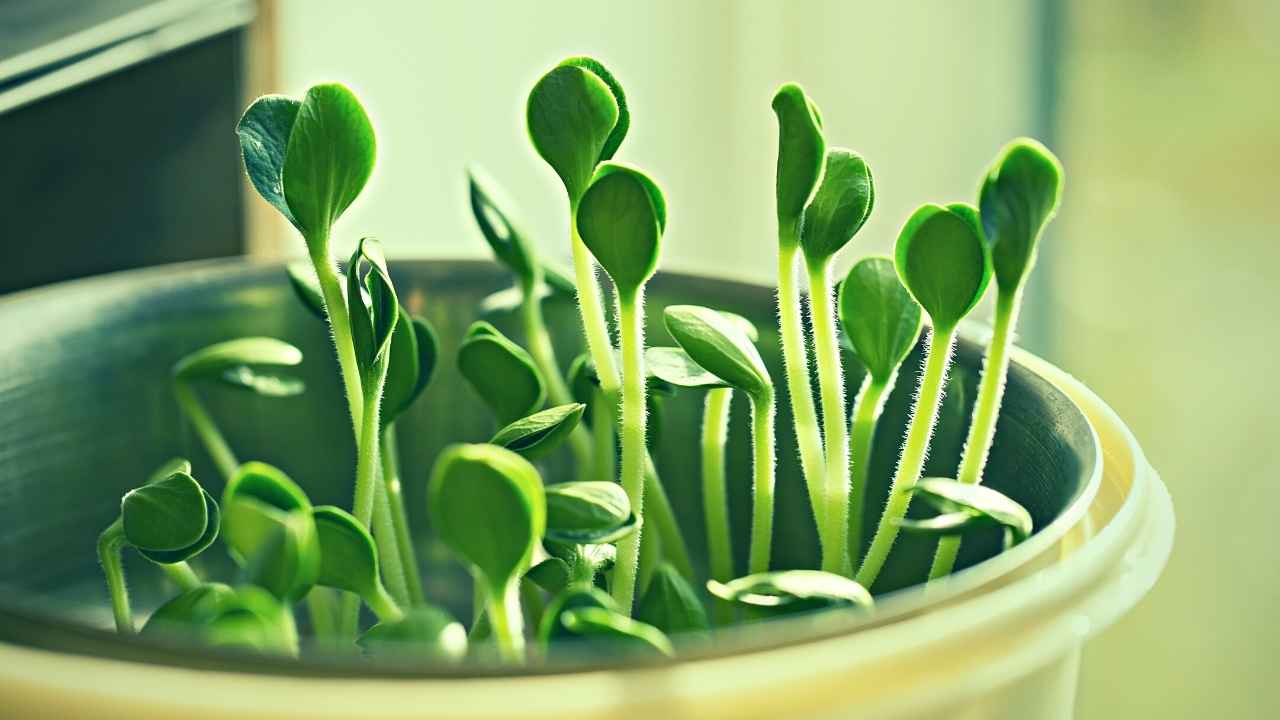
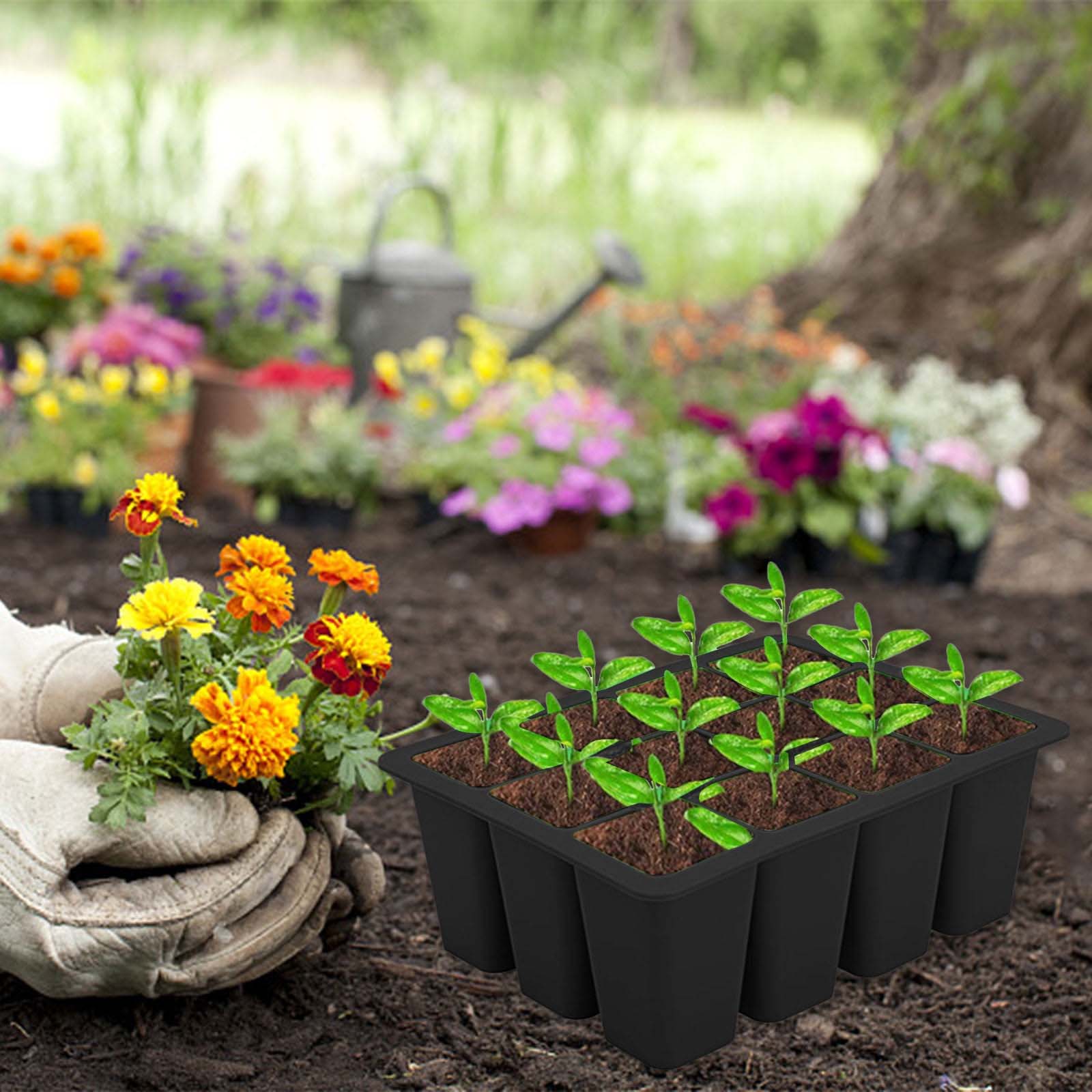
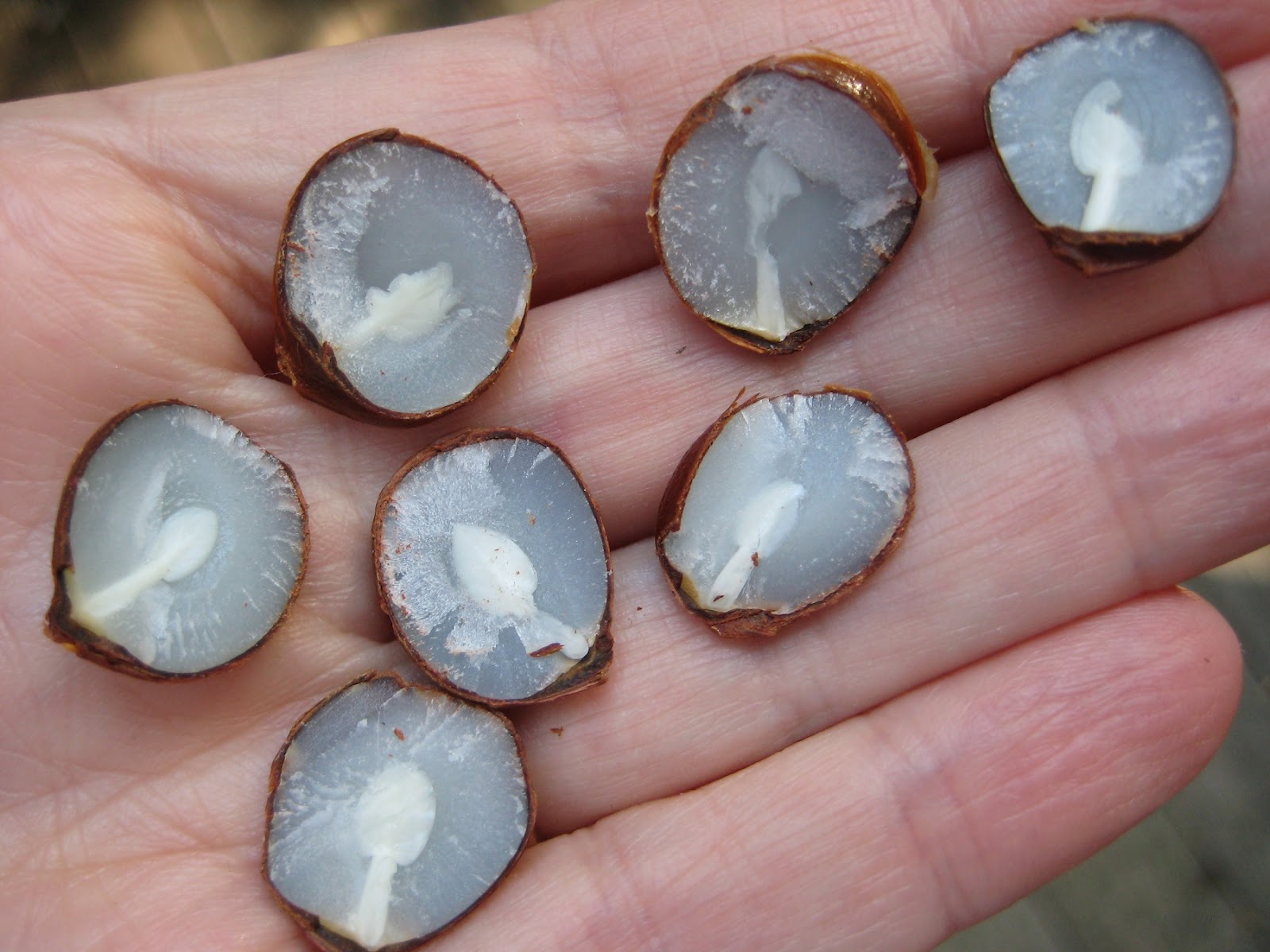
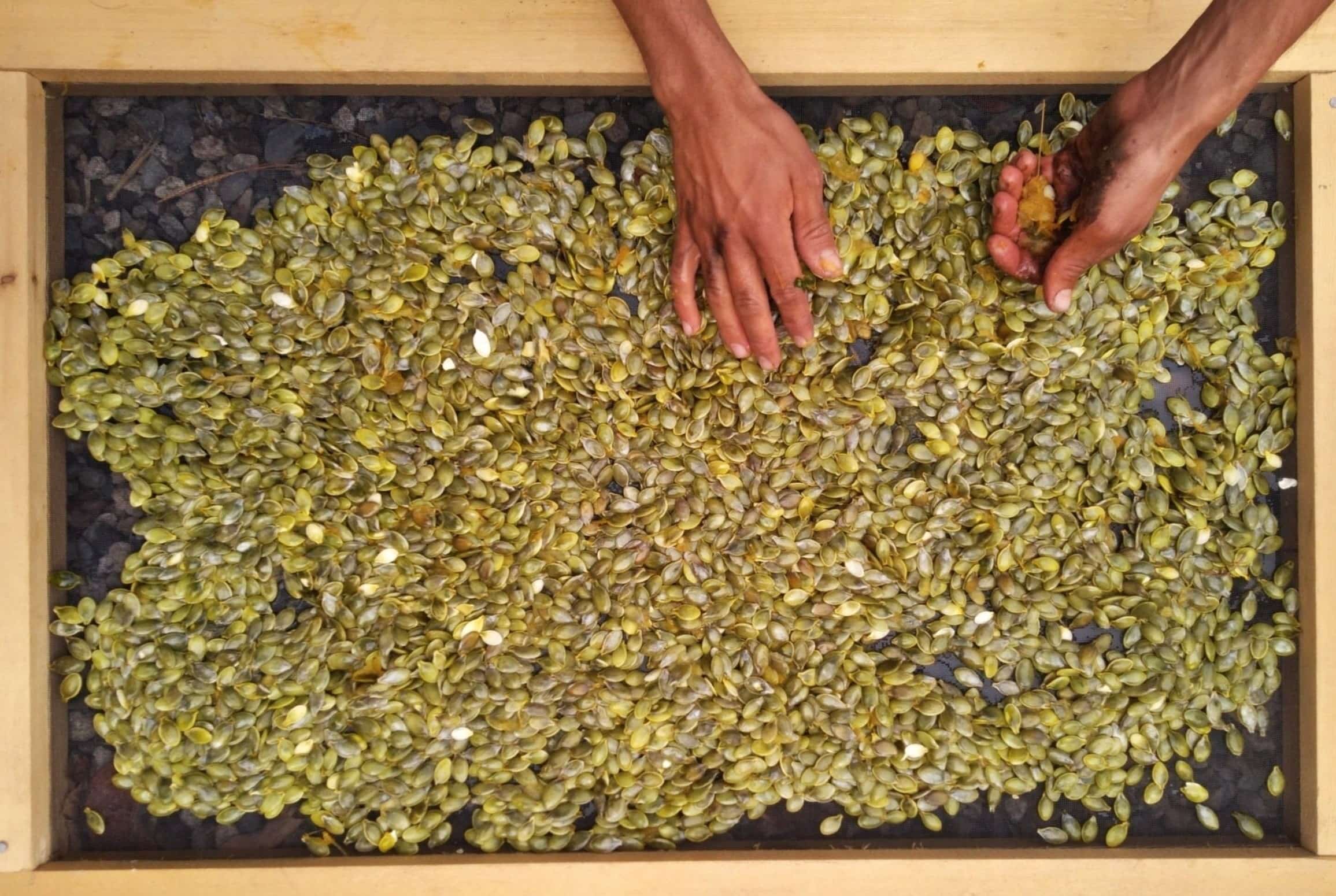
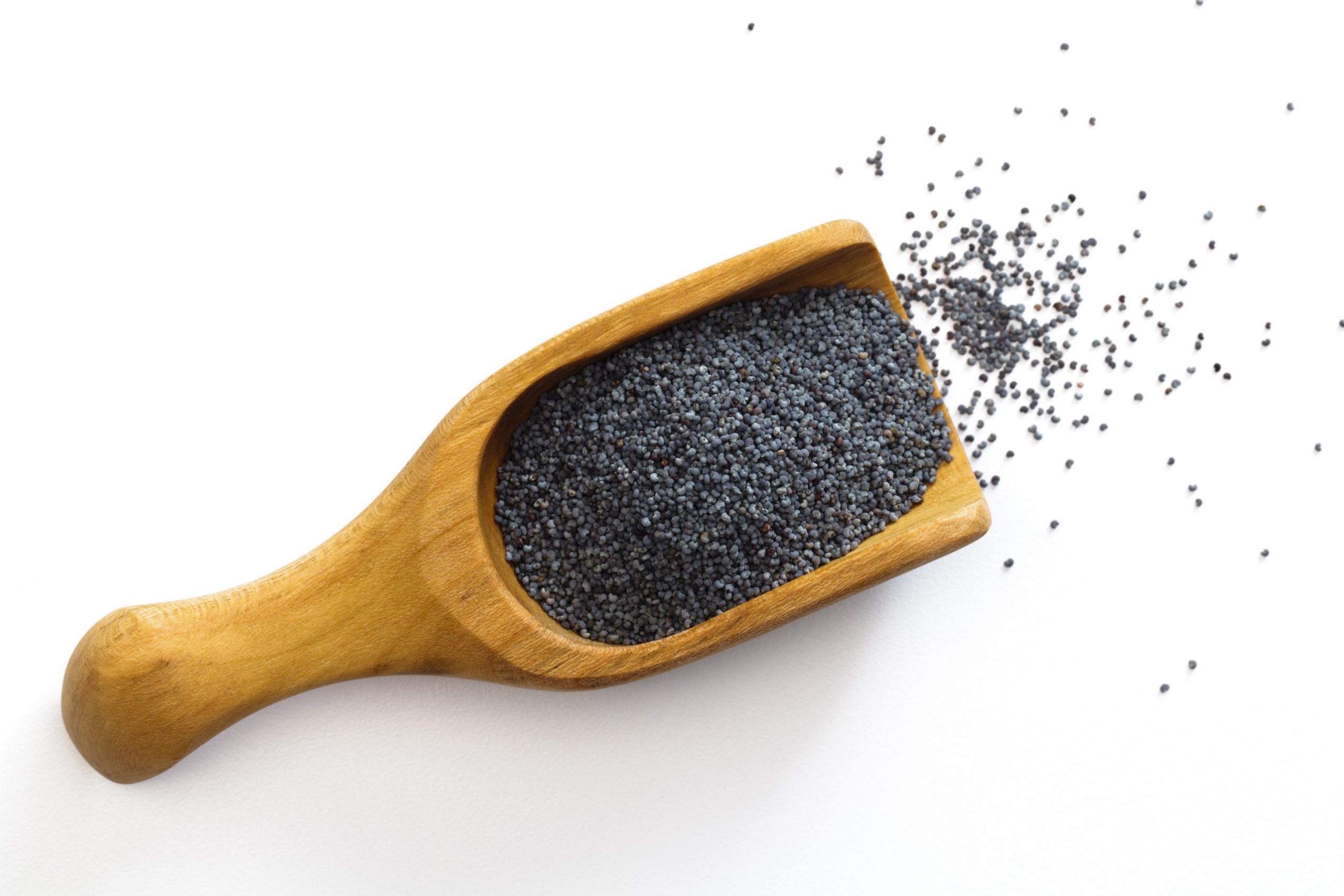
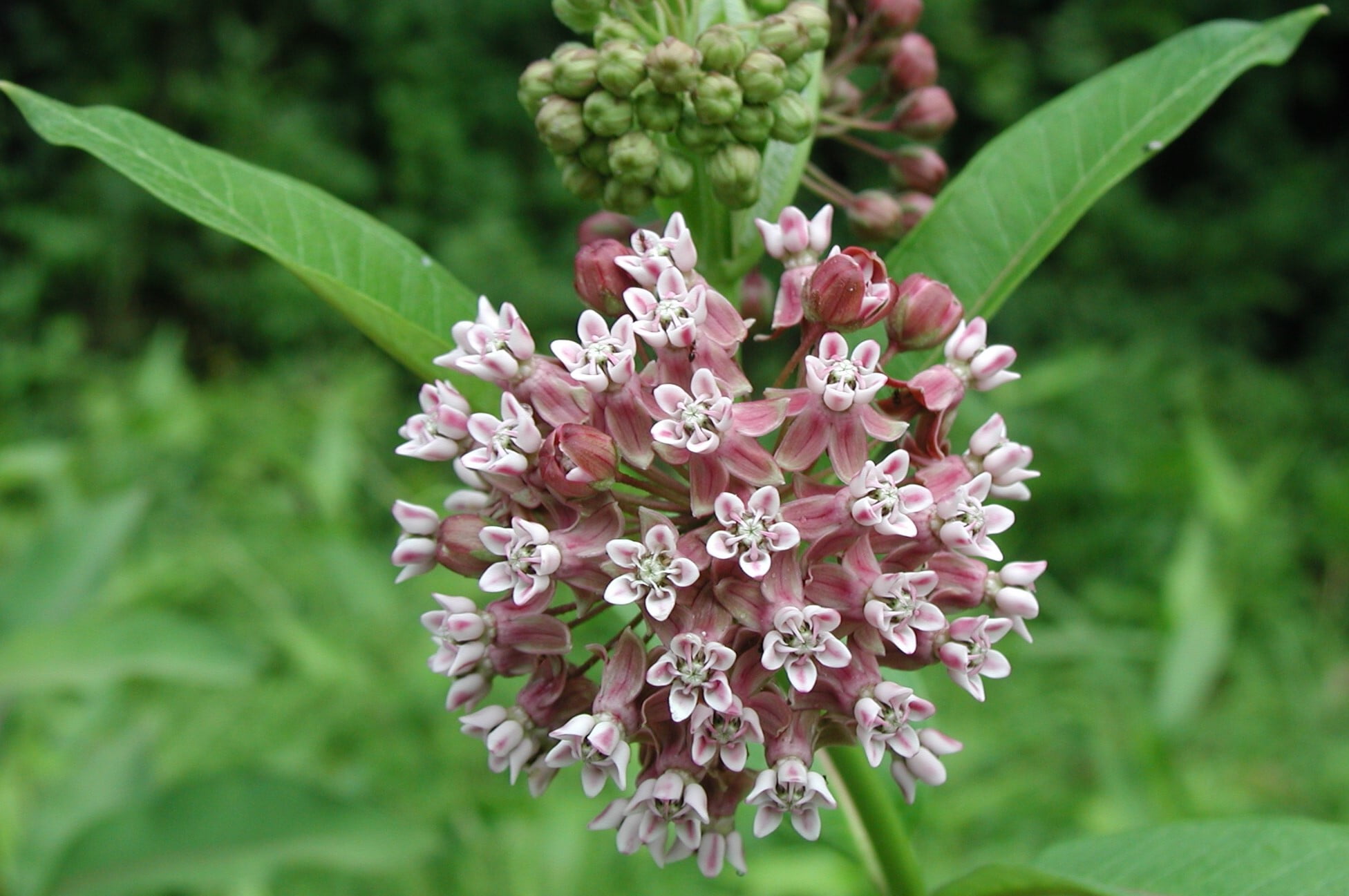
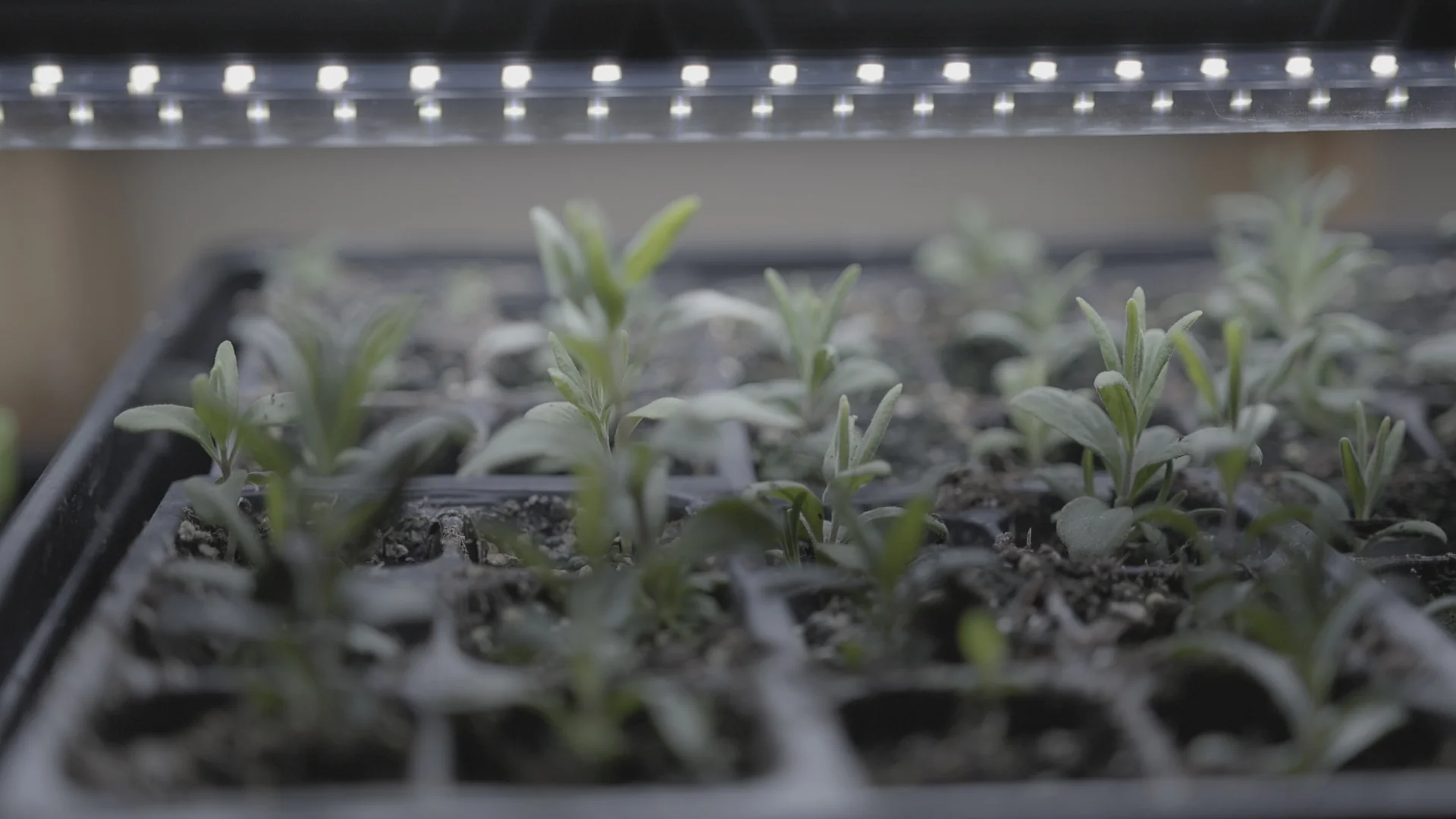
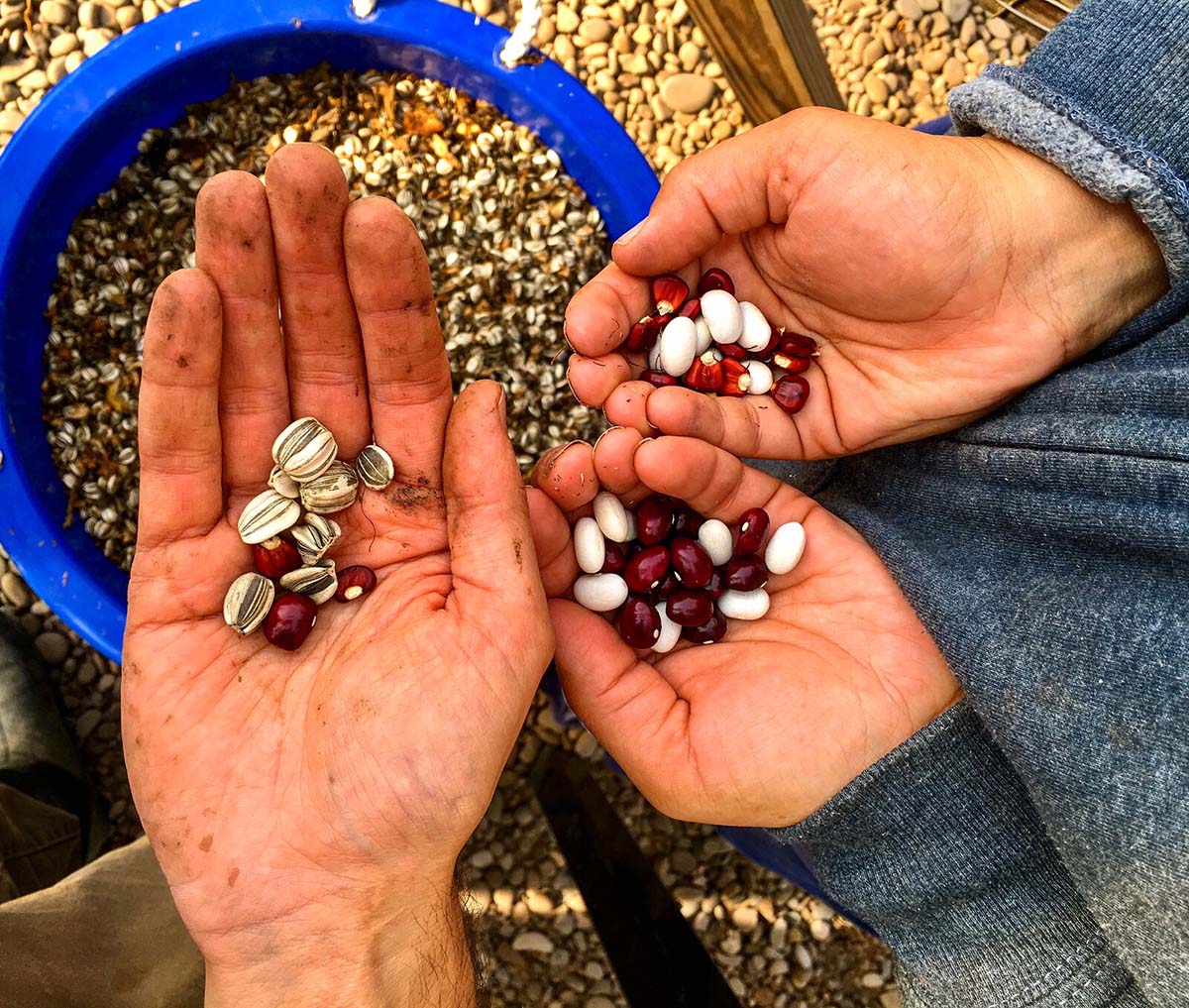


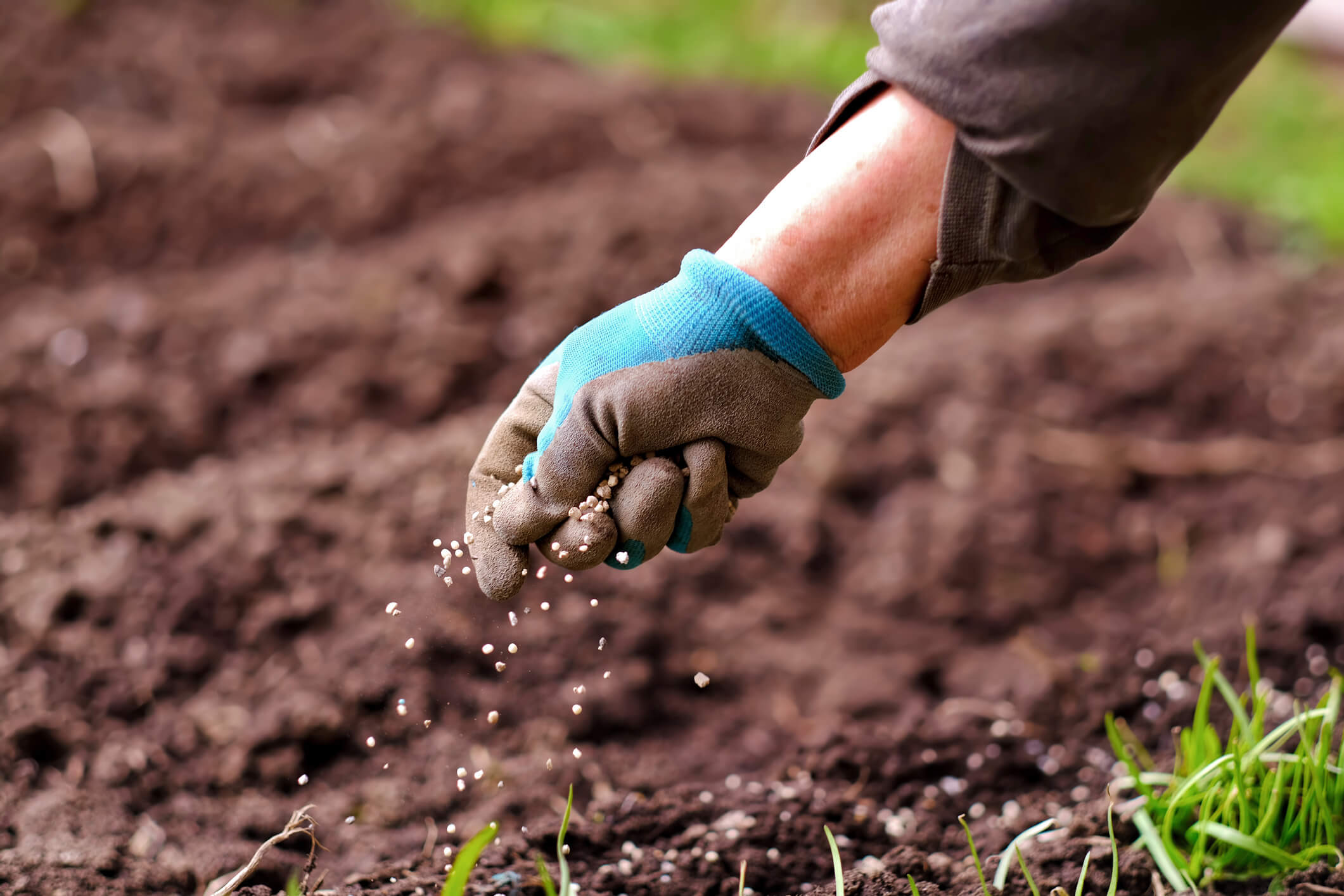

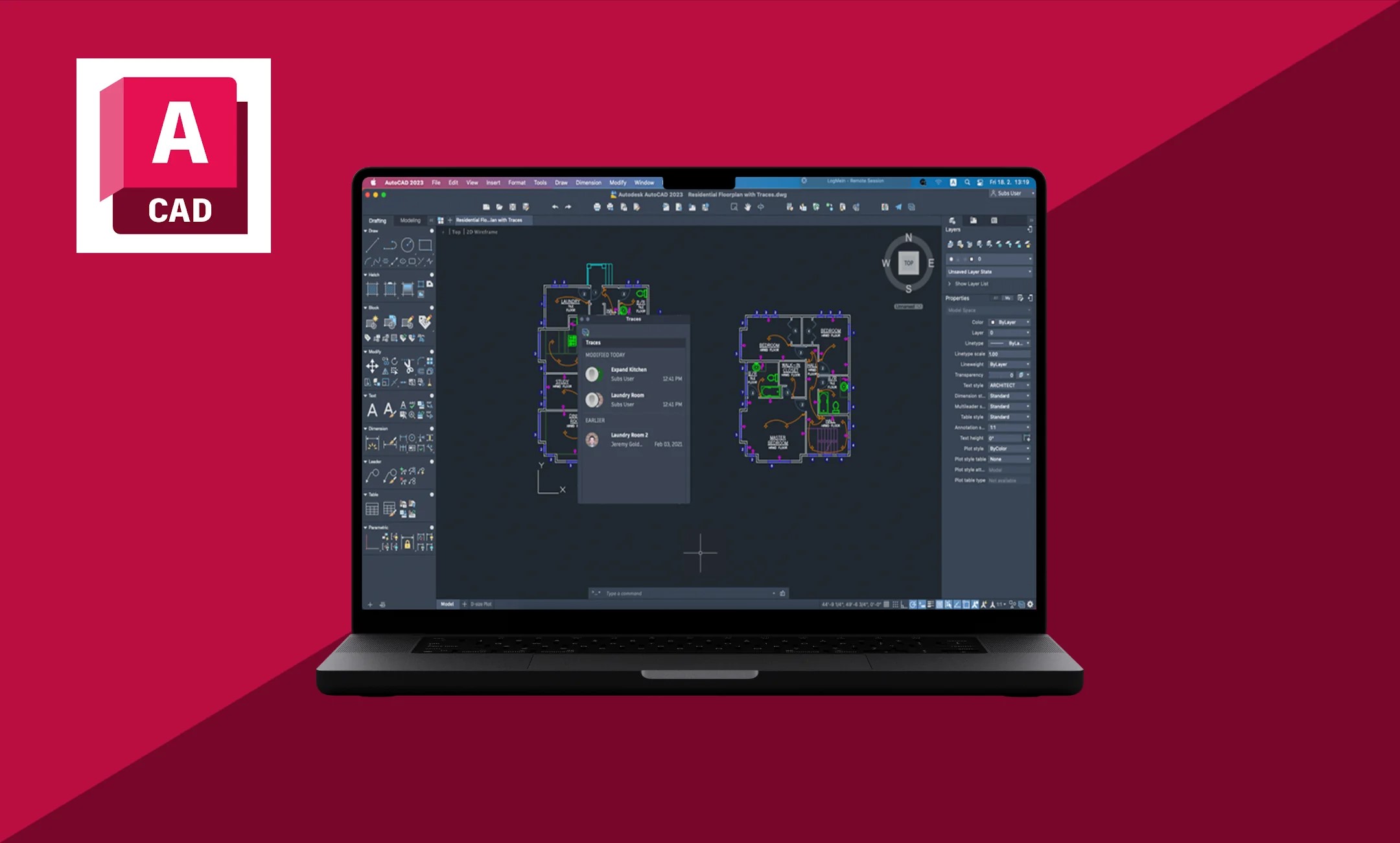

0 thoughts on “What Does It Mean To Stratify Seeds”